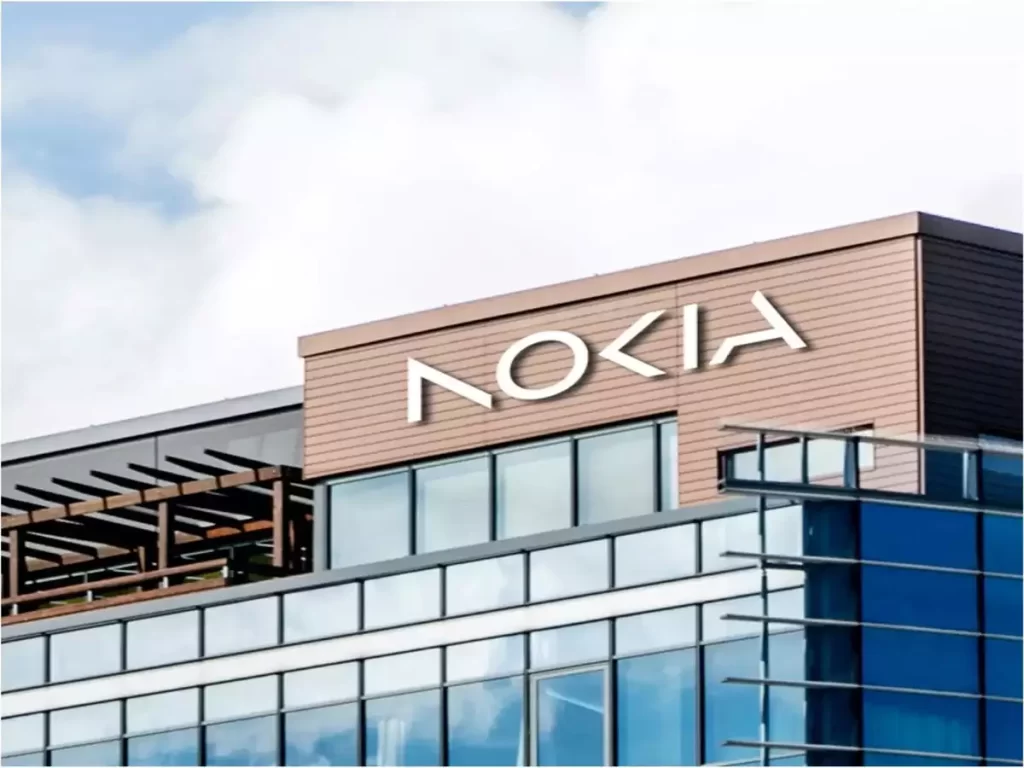Nokia (HE:NOKIA) has recently announced significant market share gains in India and Europe, a testament to its strategic shift in its 5G technology approach initiated by Veijo Kontas back in 2019. Facing production delays from Intel (NASDAQ:INTC) for 10-nanometer designs necessary for 5G basestation equipment, Nokia originally turned to field-programmable gate arrays (FPGAs) sourced partly from Xilinx (NASDAQ:XLNX). This move, however, led to a decrease in gross margin to 29% by Q3 of that year due to high product costs.
Since then, Kontas has redirected Nokia’s strategy towards collaborating with three US chipmakers: Broadcom (NASDAQ:AVGO) for radios, Intel for radio access network (RAN) lower layers, and Marvell (NASDAQ:MRVL) for Layer 1 functions. This diversified approach has allowed Nokia to mitigate risks associated with vendor lock-in and maintain full ownership of all radio technology-related intellectual property. The company’s confidence in this multi-vendor strategy is evident as it plans to involve these same partners in the development of its upcoming 6G technology.
Nokia’s current satisfaction with its supplier landscape has led to the phasing out of FPGAs in favor of introducing system-on-a-chip (SoC) solutions under its ReefShark brand. The integration of Marvell silicon into Nokia’s cloud RAN portfolio marks another step forward in this strategic evolution.
Looking ahead, Tero Kola, Nokia’s VP of product management, emphasizes the importance of starting serious work on 6G upgrades now. Preparations are underway for Marvell silicon based on advanced 3- and 2-nanometer designs to meet future demands, including the anticipated 6G technology. However, the manufacturing landscape presents limited options for cutting-edge silicon production, with Taiwan playing a crucial role as highlighted by Kontas.
Nokia’s main competitor, Ericsson (BS:ERICAs), has chosen a different path for cloud RAN by utilizing Intel’s central processing units for Layer 1 software instead of application-specific integrated circuits (ASICs). Meanwhile, Nokia is keeping an eye on potential alternatives like AMD (NASDAQ:AMD) and is aware of Nvidia (NASDAQ:NVDA) and Qualcomm (NASDAQ:QCOM) as other Layer 1 silicon options.
The Finnish telecom giant’s strategic pivot away from a single-source dependency on Intel has not only improved its competitive position but also underscores the critical nature of supplier diversity in the fast-paced and innovation-driven telecom industry. With this approach, Nokia is paving the way for future advancements while securing its current standing in key markets across India and Europe.



